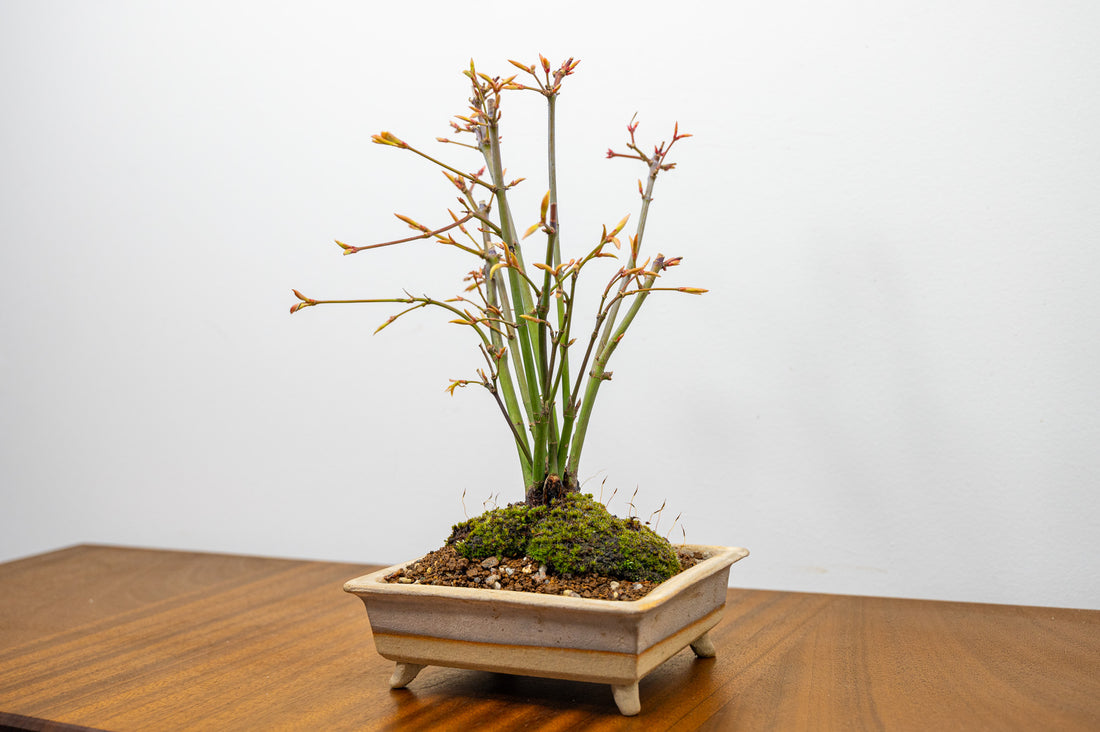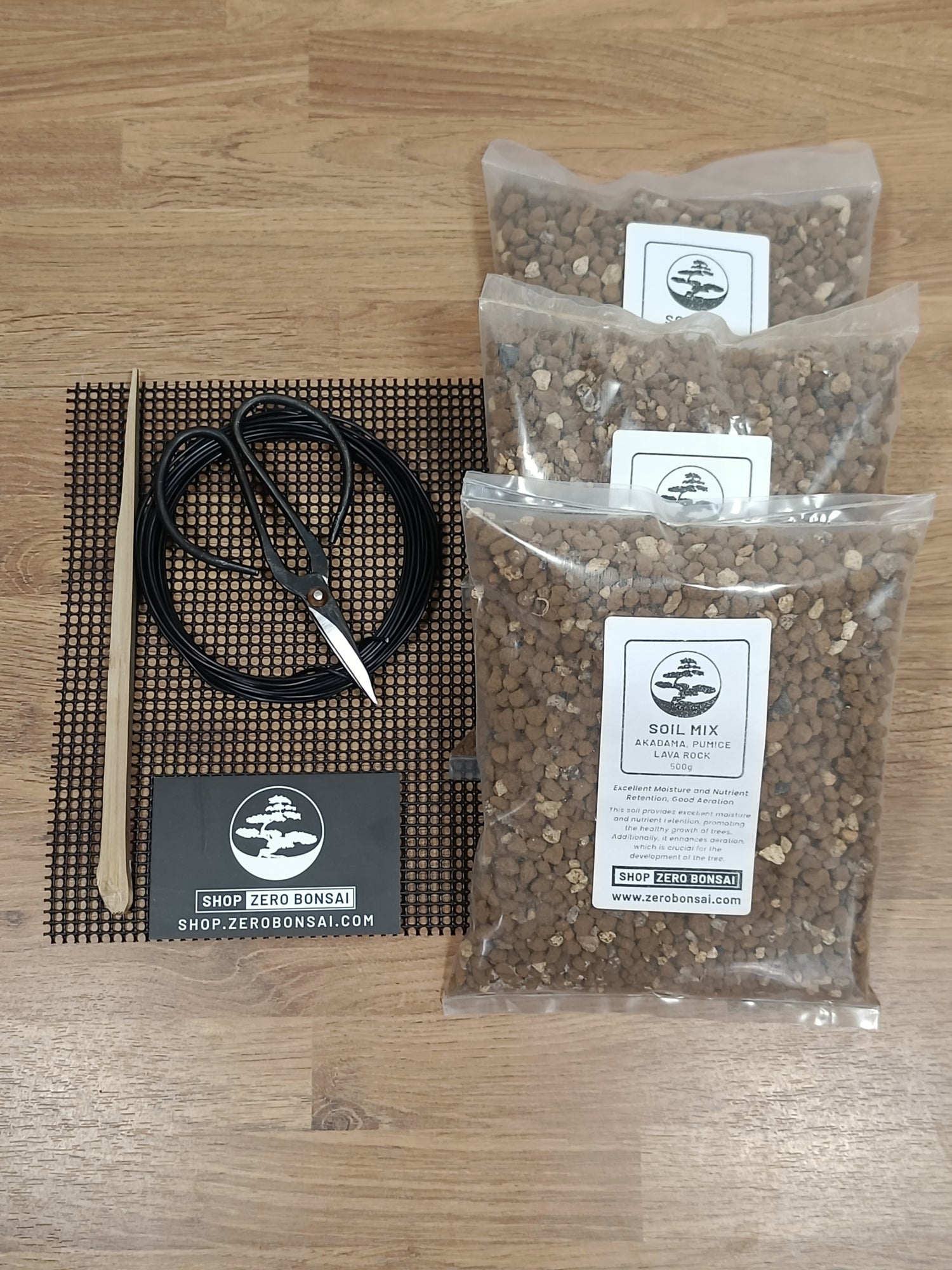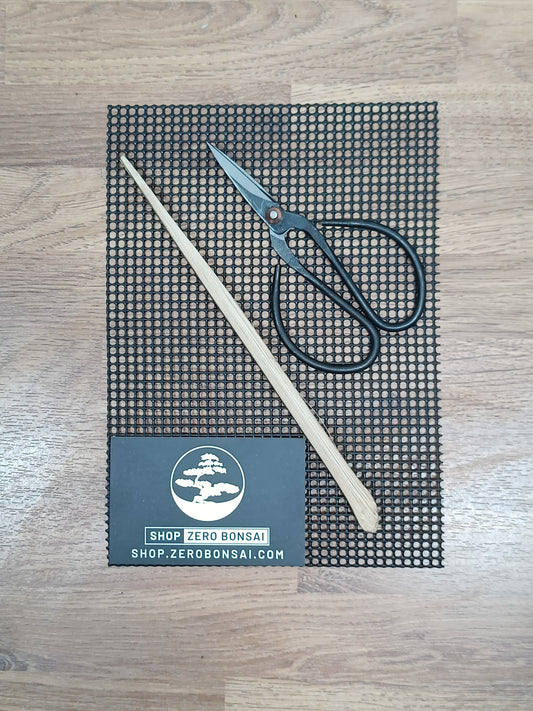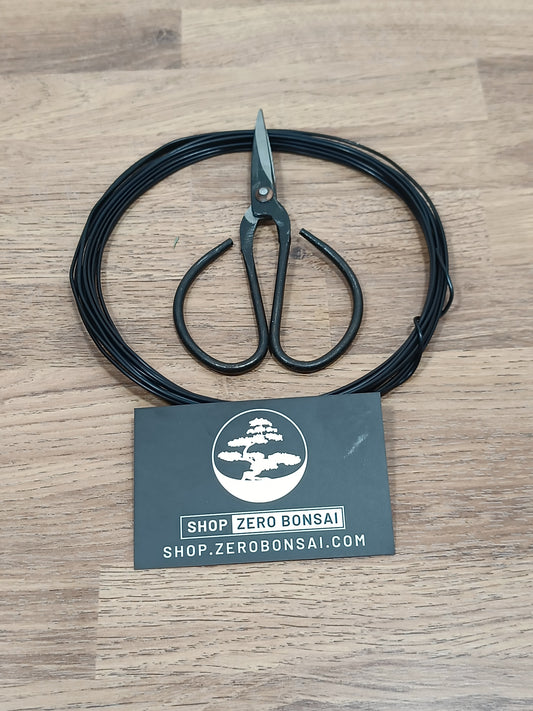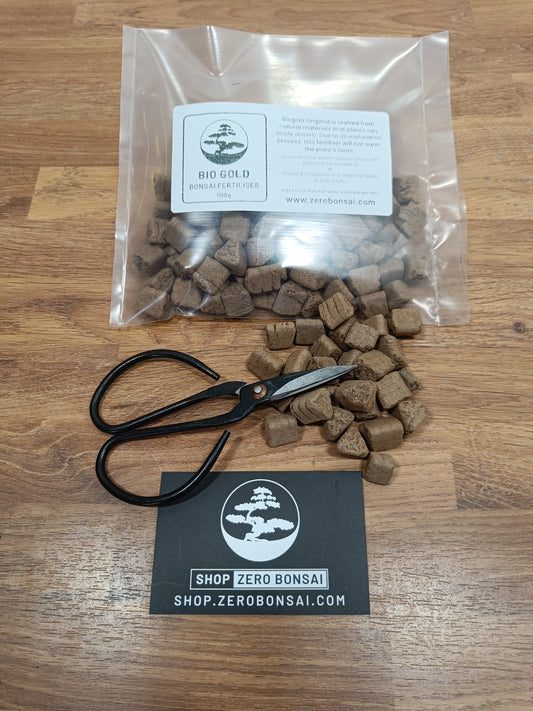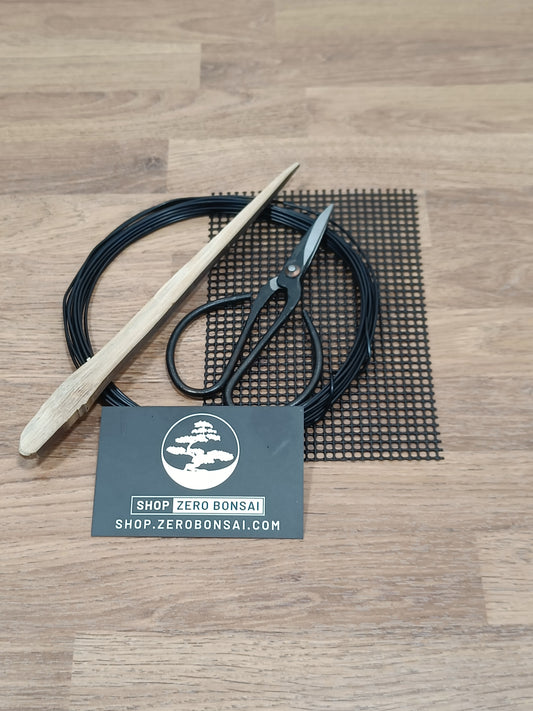Repotting your bonsai regularly is essential to prevent it from becoming pot-bound and undernourished. This process gives your tree fresh soil, space to grow, and encourages healthy root development.
When is it Time to Repot?
- Frequency: Most bonsai trees will need repotting every 2 years, but some species may need it more or less frequently.
- Check in Spring: The best time to check is early spring when the buds are just starting to swell. If the roots are tightly circling the pot, it's time!
- Repotting = Spring Growth Boost: Repotting early in the season gives your tree the best chance to recover quickly and put out new growth.
Choosing the Right Soil Mix
A well-draining yet moisture-retentive soil mix is key. We have a large selection of soils right here for you to choose from.
Zero Bonsai Has Your Repotting Needs!
We offer a fantastic selection of:
The Repotting Process: A Step-by-Step Guide
- Gather Tools: Knife, scissors, wire cutter, chopstick, root rake
- Remove Tree: Gently loosen the tree from its pot.
- Evaluate Roots: If tightly packed, it's time to repot.
- Remove Old Soil: Carefully untangle roots, preserving as much as possible (especially important for pines!)
- Prune Roots: Trim any overly long roots (no more than 30% total).
- Prepare Pot: Cover drainage holes with mesh and secure with wire.
- Drainage Layer: Add a base layer of coarse material.
- Position Tree: Place the tree, securing it with wire.
- Add Soil: Fill with bonsai mix, working it around the roots.
- Water Thoroughly: Water until it runs clear.

